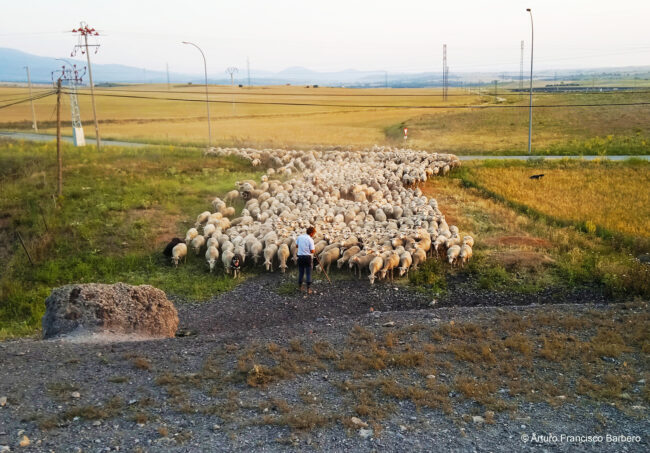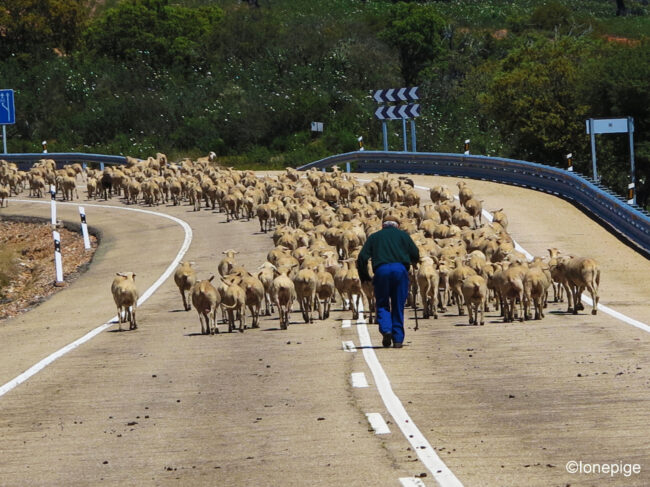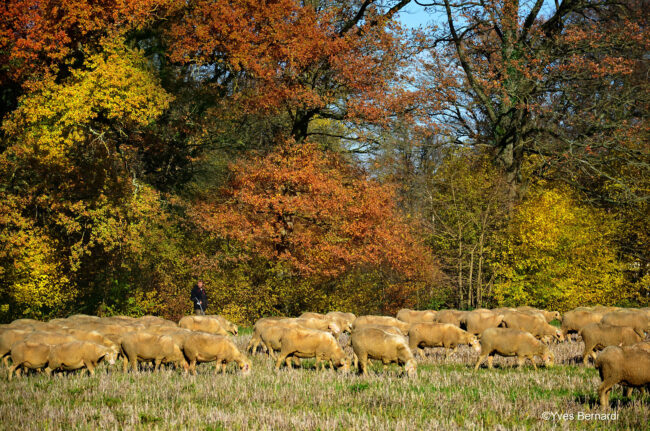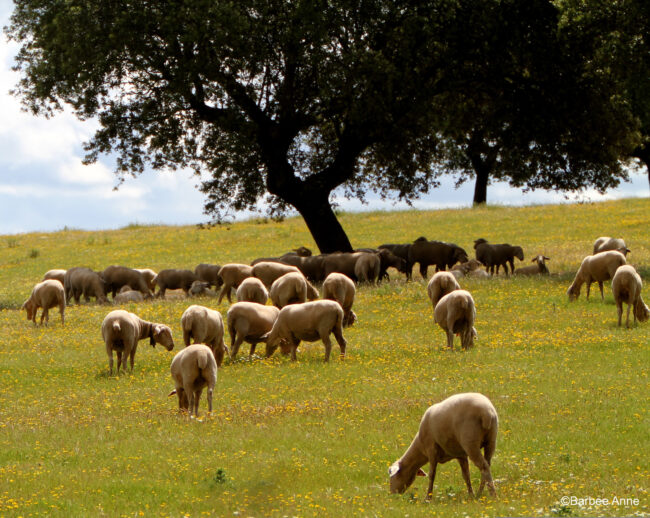Transhumance – the ancient seasonal migration of livestock between ecological zones – has shaped Spain’s landscapes, communities, and cultural identity for millennia. Here, this practice is more than a pastoral technique: it is a form of intangible cultural heritage that expresses a deep and sustainable relationship between humans, animals, and nature.
Rooted in pre-Roman traditions and institutionalized in the Middle Ages through the “Honourable Council of the Mesta” under King Alfonso X in 1273, transhumance has historically structured not only the rural economy but also architecture, oral traditions, culinary practices, and biodiversity across the Iberian Peninsula.
Despite its historical importance and ecological value, transhumance is now in sharp decline. The reasons are manifold: economic unviability for pastoralists, the aging of rural populations, a lack of generational replacement, and the growing impact of climate change. Global warming is producing longer, hotter, and drier summers, altering the availability and quality of pastures, increasing the spread of animal diseases, and heightening the risk of forest fires and desertification. These effects, combined with the social invisibility of the trade and insufficient institutional support, have pushed many shepherds to abandon their herds and way of life.
Yet, transhumance also offers critical solutions to many of the challenges posed by climate change. Extensive livestock grazing helps preserve biodiversity, reduce the risk of wildfires by clearing undergrowth, and regenerate soils through natural fertilization and seed dispersion. A single flock of 1,000 sheep can consume up to 5 tonnes of dry vegetation per day – helping maintain ecological balance while also fertilizing the land. Moreover, the preservation of traditional grazing routes (over 125,000 km of historic cañadas reales) contributes to ecological connectivity and the resilience of rural ecosystems.
Local governments, museums, associations, and activists – such as those involved in the “Concejo de la Mesta” and initiatives like Vivecameros – are now promoting strategies to revive transhumance, including support for traditional breeds, the creation of municipal flocks, and the recovery of rural architecture and knowledge. Some municipalities are developing transhumant heritage routes as tools for sustainable tourism, education, and community identity-building.
However, for transhumance to survive as a living tradition, more concrete support is needed. Practitioners call for fairer market conditions, direct economic incentives, reduced bureaucracy, access to digital infrastructure in remote areas, and legal frameworks that value extensive grazing over industrial livestock models. They also demand cultural recognition: transhumance was finally declared Intangible Cultural Heritage by UNESCO in December 2023, as part of a nomination that includes Spain and other European countries, following years of work. This recognition represents only a first major step, but it is essential to continue advancing in its protection, transmission, and effective promotion.
In this context, transhumance emerges as a crucial practice for environmental stewardship, cultural continuity, and climate adaptation. Its decline would mean not only the loss of ancient knowledge, traditional skills, and cultural diversity, but also the collapse of an ecological balance finely maintained over centuries. Supporting transhumance means supporting a vision of the future where culture and sustainability walk hand in hand – one step, and one season, at a time.




